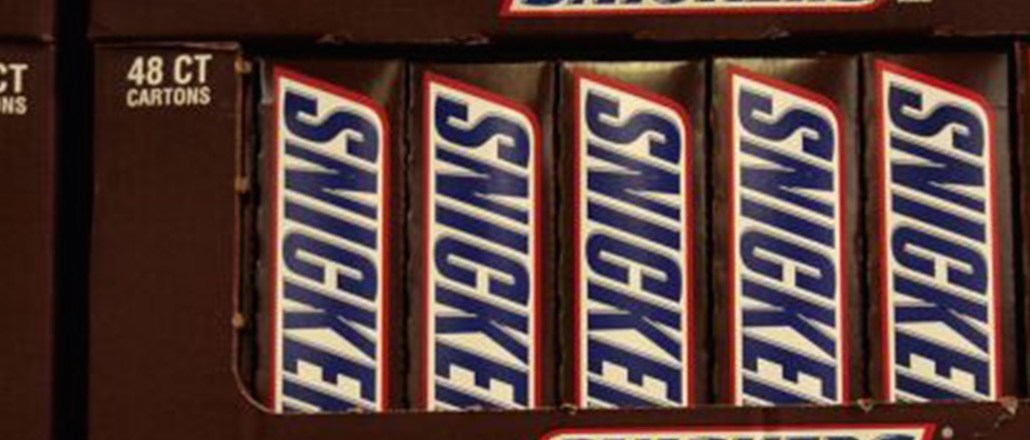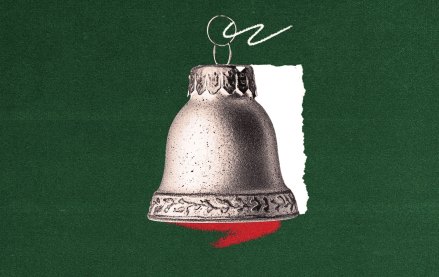
Sometimes you can never get the candy bar you want when you need one. Snickers is aiming to change that.
The Mars brand is embarking on what it is calling “impulse targeting,” with the aim of moving away from more traditional ad-targeting techniques to figure out how people are feeling at a particular moment.
“We’re learning how your mood or how you feel drives your behavior, so we’re organizing audiences around how impulsive people feel, and we’re trying to create relevant content and pop it into a ‘window of impulsivity,’” Dan Burdett, global brand director at Snickers, said at the ad tech: London conference this week.
Like most brands, Snickers is experimenting with programmatic buying and using contextually relevant creative to maximize reach. But identifying when people are most likely to have impulse moments — to literally be in the mood for a candy bar — is a way the brand might someday eschew the traditional demographic-driven approach to ad targeting.
“Not only are people more likely to want to talk about it because your communications are more relevant, but they are more likely to want to share it as well. More importantly, they are more likely to buy your product, which is a key metric we look for.”
The wider strategy for Snickers is a media blend leveraging earned and paid-for media.
While its “You’re not you when you’re hungry” campaign has featured celebrities from the outset, Burdett said it is exploring partnerships with third parties for its content marketing, whether through working with agencies like Twitch or partnering with celebrities like Luis Suárez and Jeremy Clarkson or YouTube creators.
This year the chocolate bar featured Steve Buscemi and Danny Trejo in a “Brady Bunch” spoof ad during the Super Bowl. The teaser ad alone generated 2.5 million hits in social media.
https://www.youtube.com/watch?v=rqbomTIWCZ8
But influencers and celebrities, while nice to have, aren’t the end-all-be-all.
“There’s a great myth with earned and shared media that if you’re buying into a property, be it a person a celebrity or a YouTube celebrity, that they have woven into their DNA a reach that allows you to turn off the traditional paid-for media,” he said.
For this reason, the brand has not fully embraced user-generated content yet, said Burdett.
“We’re still trying to figure out how we develop the non-advertising generated content that comes from third parties and our agencies.”
More in Marketing

Pandora is betting on AI agents to scale service and emotional selling during the peak holiday season
Pandora is using AI agents to scale customer service and replicate emotional in-store selling online, just as peak season puts pressure on margins and teams.

Rembrand’s CEO wants to grow virtual ad placements in streaming, and he’s looking elsewhere for models
Omar Tawakol wants to improve advertising within the streaming world, and is working with advertisers and publishers to improve that experience.

Marketers are keen to use generative AI in ad campaigns, but hidden costs lurk
Marketers across the industry want to use AI to cut down on time spent in creative production. It’s not so simple in practice.





